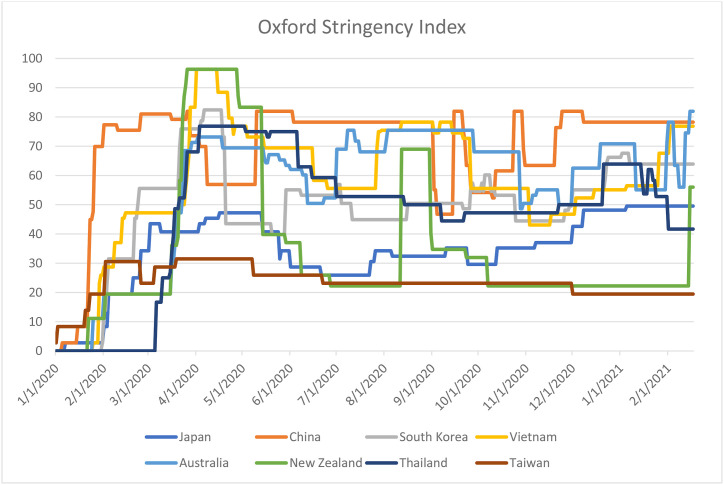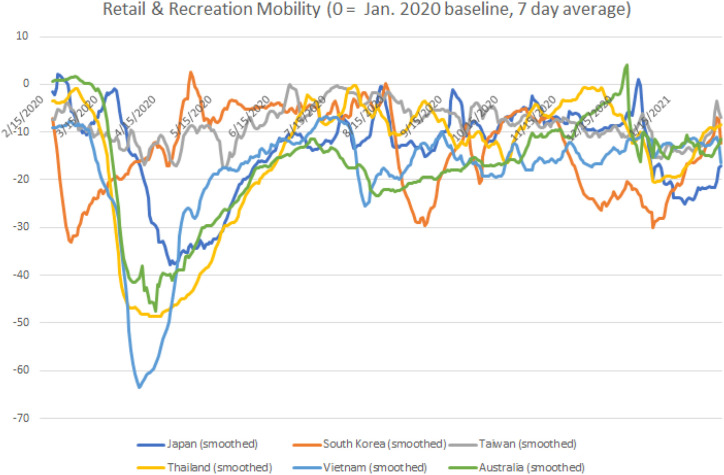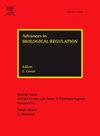Understanding the exceptional pre-vaccination Era East Asian COVID-19 outcomes
Abstract
During the first year of the pandemic, East Asian countries have reported fewer infections, hospitalizations, and deaths from COVID-19 disease than most countries in Europe and the Americas. Our goal in this paper is to generate and evaluate hypothesis that may explain this striking fact. We consider five possible explanations: (1) population age structure (younger people tend to have less severe COVID-19 disease upon infection than older people); (2) the early adoption of lockdown strategies to control disease spread; (3) genetic differences between East Asian population and European and American populations that confer protection against COVID-19 disease; (4) seasonal and climactic contributors to COVID-19 spread; and (5) immunological differences between East Asian countries and the rest of the world. The evidence suggests that the first four hypotheses are unlikely to be important in explaining East Asian COVID-19 exceptionalism. Lockdowns, in particular, fail as an explanation because East Asian countries experienced similarly good infection outcomes despite vast differences in lockdown policies adopted by different countries to control the COVID-19 epidemic. The evidence to date is consistent with our fifth hypothesis – pre-existing immunity unique to East Asia – but there are still essential parts of this story left for scientists to check.




 求助内容:
求助内容: 应助结果提醒方式:
应助结果提醒方式:


